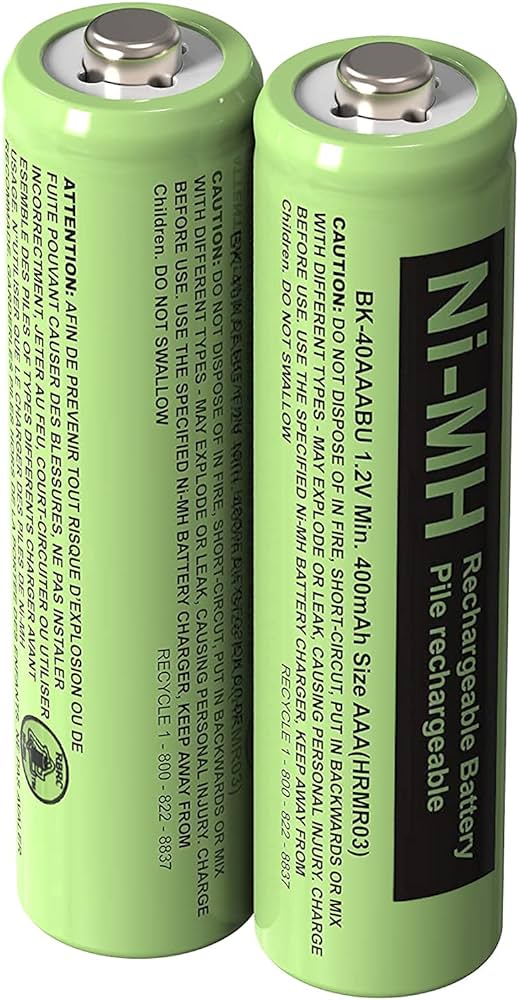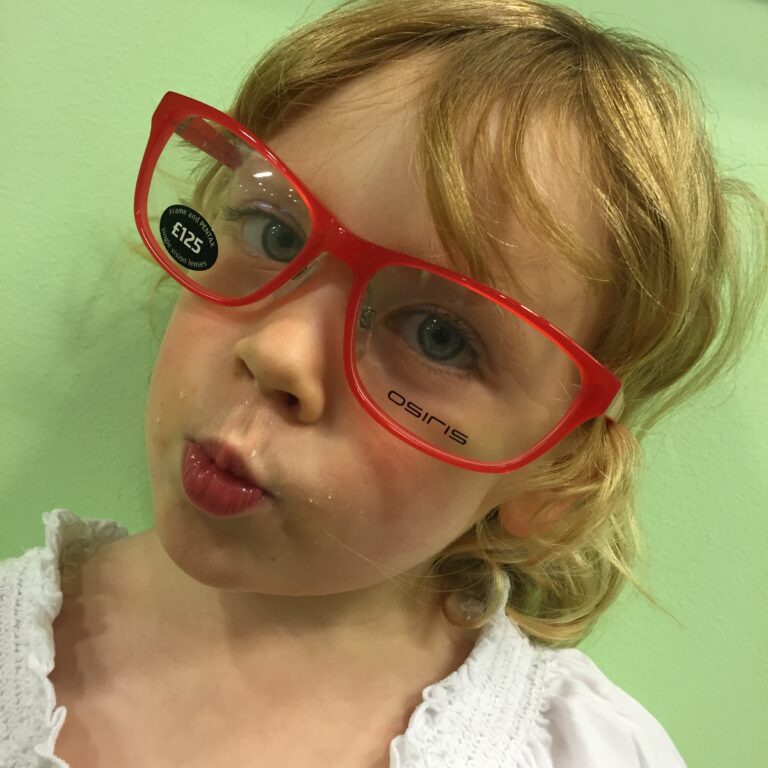How to Weigh Baby at Home: Easy Techniques & Tips
To weigh a baby at home, place a large bowl with a towel onto a scale and zero it out. Then, carefully place your baby inside the bowl to determine their weight.
Make sure to use a safe surface in case the baby wiggles the bowl off the scale. If you don’t have a baby scale, you can use a kitchen scale as an alternative. Weighing your baby at home is a convenient way to monitor their growth and check for any health issues.
It’s important to ensure accuracy and safety during the process.
Weighing Baby With A Household Scale
When it comes to monitoring your baby’s growth and development, weighing them regularly is an important part of the process. While visiting a healthcare professional to weigh your baby is recommended, there may be times when you need to weigh your baby at home. One convenient and accessible way to do this is by using a household scale. In this blog post, we will explore two methods for weighing your baby at home using a household scale: using a large bowl and scale, and using a luggage scale. Read on to learn more.
Method 1: Using A Large Bowl And Scale
If you have a large bowl and a scale at home, this method can be a simple way to weigh your baby. Here’s how:
- Place a large bowl on the scale and zero it out.
- Put a towel in the bowl to provide comfort for your baby.
- Gently place your baby in the bowl.
- Note the weight displayed on the scale.
It’s important to ensure that you place the scale and bowl on a safe surface to prevent any accidents in case your baby wiggles the bowl off the scale. Additionally, make sure to keep a close eye on your baby throughout the weighing process.
Method 2: Using A Luggage Scale
If you have a luggage scale at home, you can use it to weigh your baby using a sling. Here’s how:
- Create a sling using a light infant blanket by knotting together two corners.
- Hang the sling on the luggage scale and zero it out.
- Place your baby in the sling.
- Read the weight displayed on the scale.
Always use the same blanket when using this method for consistency. Kitchen scales and postal scales are also suitable alternatives to luggage scales.
Weighing your baby at home can provide you with valuable information about their growth, but it’s important to note that these measurements may not be as accurate as those taken by healthcare professionals using specialized equipment. Therefore, regular check-ups with your pediatrician or healthcare provider are essential to ensure your baby’s well-being.
Remember, always prioritize your baby’s safety during the weighing process, and consult with a healthcare professional if you have any concerns or questions.

Credit: pharmeasy.in
Alternative Tools For Weighing Baby At Home
When it comes to weighing your baby at home, not everyone may have access to a digital baby scale. But don’t worry, there are alternative tools that you can use to monitor your baby’s weight accurately. In this article, we will explore two options: using a kitchen scale or a postal scale.
Option 1: Kitchen Scale
If you have a kitchen scale, you can use it to weigh your baby at home. Here’s how:
- Ensure a stable surface: Find a stable surface in your home to place the kitchen scale. This could be a countertop or a table.
- Tare the scale: Before weighing your baby, place a blanket or towel on the scale and press the “tare” or “zero” button to reset the scale to zero. This ensures that only your baby’s weight is measured.
- Place your baby: Carefully place your baby on the scale, making sure they are lying still and centered on the scale.
- Record the weight: Once your baby is positioned correctly on the scale, record their weight.
Using a kitchen scale is a simple and cost-effective way to track your baby’s weight at home, providing you with valuable information about their growth and development.
Option 2: Postal Scale
If you don’t have a kitchen scale, another alternative is to use a postal scale. Here’s how you can do it:
- Follow the same steps: The process of weighing your baby with a postal scale is similar to using a kitchen scale. Find a stable surface, tare the scale with a blanket or towel, and place your baby on the scale.
A postal scale can provide accurate weight measurements for your baby, just like a digital baby scale. It is important to ensure that the scale is stable and reliable to get precise readings.
By utilizing alternative tools like a kitchen scale or a postal scale, you can easily monitor your baby’s weight at home. Remember to always handle your baby with care and prioritize their safety during the weighing process.
Tips For Accurate Baby Weighing At Home
Accurately weighing your baby at home can be done by placing a large bowl with a towel on a scale, zeroing out the weight, and then placing your baby inside the bowl. Make sure the scale and bowl are on a safe surface to prevent accidents.
Use The Same Weighing Method Consistently For Accurate Tracking
When it comes to weighing your baby at home, it is crucial to use the same weighing method consistently. Whether you choose to use a digital baby scale, a luggage/fish scale, or even a kitchen scale, sticking to one method ensures accurate tracking of your baby’s weight over time. By keeping the method consistent, you eliminate any inconsistencies that may arise from using different scales or techniques. This allows you to accurately monitor your baby’s growth and development.
Ensure The Surface Is Stable And Secure During Weighing
Before proceeding with the weighing process, it is important to ensure that the surface you are using is stable and secure. Place the scale on a flat, even surface that won’t wobble or move during the weighing process. This stability is essential in obtaining accurate weight measurements. Additionally, make sure that the scale is securely positioned on the surface to prevent any accidents or mishaps during the weighing process.
Keep Your Baby Calm And Still During The Weighing Process
Keeping your baby calm and still during the weighing process is crucial for accurate measurements. Babies tend to move and wiggle, which can affect the weight reading. To help keep your baby calm and still, you can enlist the help of a partner or use soothing techniques such as soft music or gentle rocking. Ensuring a calm and still environment will ensure more accurate weight readings, allowing you to track your baby’s growth effectively.
Always Record The Weight In A Safe Place For Future Reference
Recording your baby’s weight is essential for monitoring their growth and development. After each weighing session, make sure to record the weight in a safe place for future reference. This can be a baby journal, a digital app, or even a dedicated notebook. By keeping a record of your baby’s weight over time, you can easily track their progress and identify any potential concerns or issues. It also provides valuable information for healthcare professionals during check-ups or consultations.
Consult With A Healthcare Professional If You Have Concerns Or Questions
If you have any concerns or questions about weighing your baby at home, it is always best to consult with a healthcare professional. They can provide guidance, answer any specific questions you may have, and offer advice tailored to your baby’s unique needs. Your healthcare provider is a valuable resource for ensuring accurate and safe baby weighing practices, so don’t hesitate to reach out to them for support.
Conclusion: The Convenience Of Weighing Baby At Home
Weighing your baby at home can be convenient and easy. Simply place a large bowl with a towel on a scale, zero out the weight, and then place your baby in the bowl to get an accurate measurement. Make sure to put the scale and bowl on a secure surface in case your baby moves.
Weighing Your Baby At Home Can Provide Convenience And Peace Of Mind.
As parents, we understand the importance of keeping track of our baby’s growth. Regular weight checks can help identify any potential issues and ensure that our little ones are thriving. While visiting the doctor’s office for weigh-ins may be the norm, weighing your baby at home offers a convenient alternative. With a few simple techniques and alternative tools, you can easily monitor your baby’s weight from the comfort of your own home.
With Simple Techniques And Alternative Tools, You Can Keep Track Of Your Baby’s Growth.
One method to weigh your baby at home is by utilizing a regular scale. Place a large bowl on the scale and “tare” it, which means to zero out the weight. Then, gently place your baby in the bowl and take note of the weight. Ensure that the scale and bowl are on a secure surface to prevent any accidents if your baby begins to wiggle.
Another option is to use a luggage scale. Create a sling by knotting two corners of a lightweight infant blanket and hang your baby on the scale. Remember to always use the same blanket for consistent measurements. Kitchen scales and postal scales can also be used, as they provide similar functionality to digital baby scales.
Remember To Always Prioritize Safety And Accuracy When Weighing Your Baby At Home.
While weighing your baby at home can be convenient, it’s crucial to prioritize safety and accuracy. Ensure that the surface and tools you use are secure and stable. Always keep a close eye on your baby to prevent any mishaps. Additionally, remember to write down and track the measurements consistently, allowing you to monitor your baby’s growth over time accurately.
Weighing your baby at home not only provides convenience but also allows you to play an active role in your baby’s health and well-being. By following the proper techniques and using alternative tools, you can easily keep track of your baby’s growth from the comfort of your own home. Remember to always prioritize safety and accuracy, and make it a routine to monitor your baby’s weight regularly. With these simple steps, you can ensure that your little one is thriving and growing as they should.
Frequently Asked Questions On How To Weigh Baby At Home
How Can I Measure My Baby’s Weight At Home?
To measure your baby’s weight at home, place a large bowl with a towel on a scale, then “tare” or zero out the scale. Gently place your baby inside the bowl to check their weight. Ensure the scale and bowl are on a safe surface.
Alternatively, you can use a luggage/fish scale with a sling made of a light infant blanket. Kitchen scales or postal scales also work. Remember to always use the same blanket or sling for accuracy.
How Can I Scale My Baby At Home?
To scale your baby at home, place a large bowl with a towel on a digital scale. “Tare” or zero out the bowl and towel, then place your baby inside to measure their weight. Make sure the scale and bowl are on a safe surface.
Alternatively, you can use a luggage or fish scale with a sling made from a lightweight blanket. Kitchen and postal scales are also suitable.
How Can I Weigh My Baby At Home With A Luggage Scale?
To weigh your baby at home with a luggage scale, make a sling using a lightweight infant blanket. Knot together two corners of the blanket and hang the baby on the scale. Ensure to use the same blanket each time.
You can also use kitchen scales or postal scales as a substitute.
How Can I Guess My Baby’s Weight?
You can measure your baby’s weight at home by using a bowl and a scale. Place a towel in the bowl and “tare” or zero out the scale. Then, place your baby in the bowl to get their weight. Make sure the scale and bowl are on a safe surface in case your baby moves.
Conclusion
Weighing your baby at home can be a convenient and cost-effective way to monitor their growth. Whether you use a traditional baby scale or get creative with household items like a luggage scale or kitchen scale, it’s important to ensure accuracy and safety.
By following the tips mentioned in this blog post, you can easily keep track of your baby’s weight and ensure their overall health and well-being. Happy weighing!








